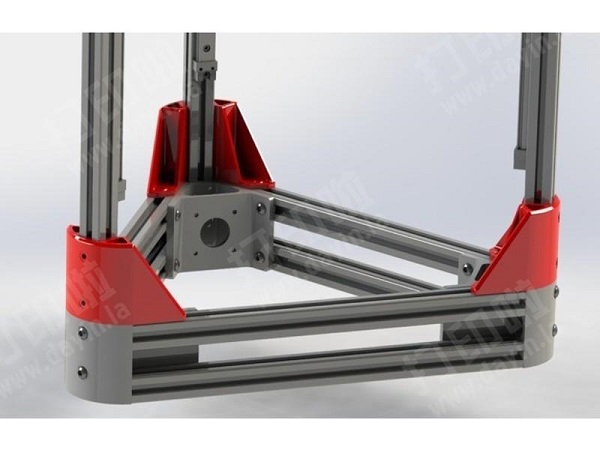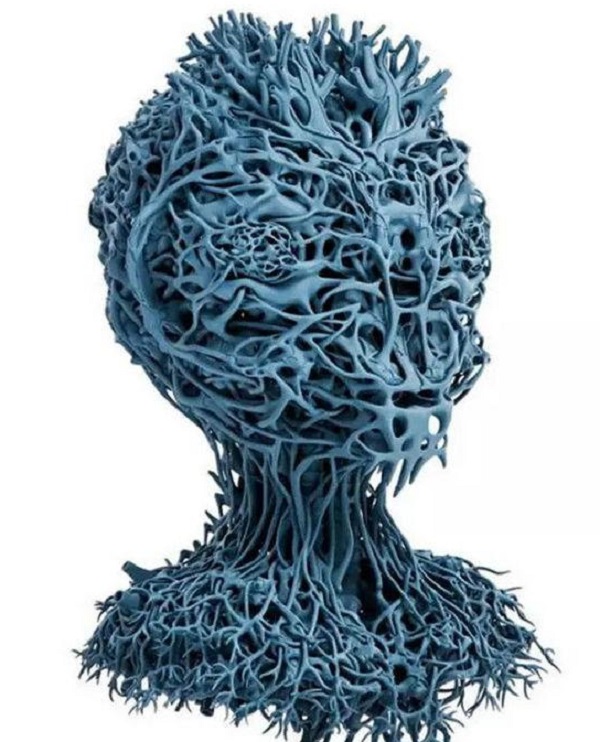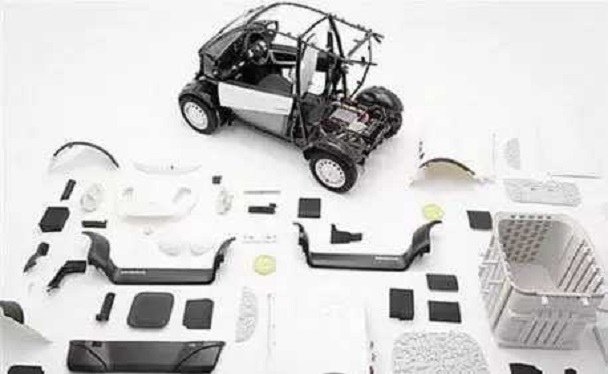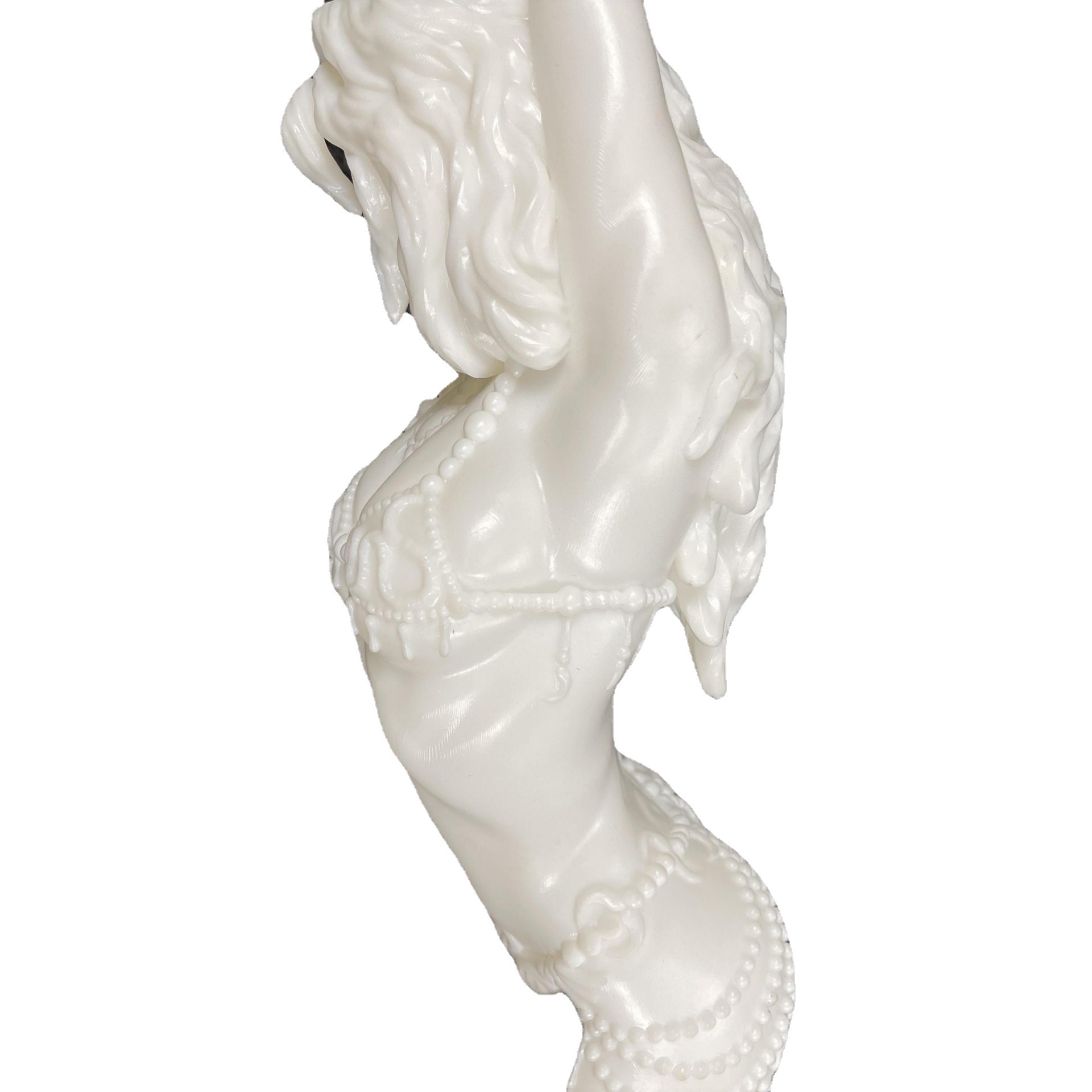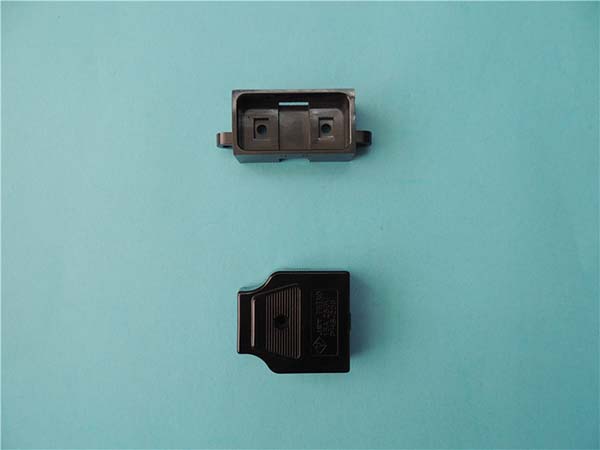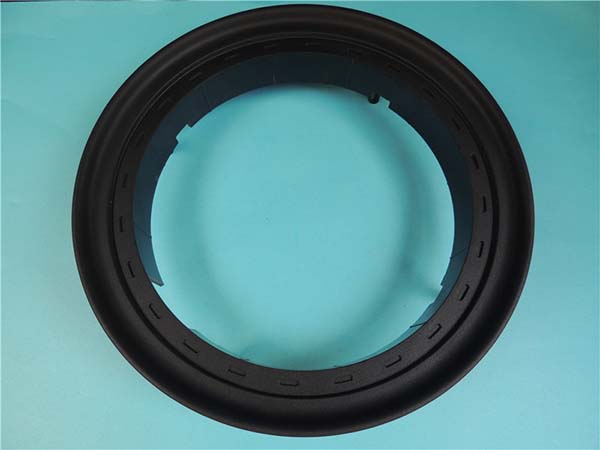yigu: In an era where customization, speed, and complexity define manufacturing excellence, 3D printing technology stands as a revolutionary force. Yet, many engineers and manufacturers still grapple with critical questions: Which printing process delivers the best precision for metal parts? How do material choices impact functional performance? Can additive manufacturing truly replace traditional methods for mass production?
This guide demystifies 3D printing by exploring its core processes, materials, hardware, and applications—equipping you with actionable insights to leverage additive manufacturing (AM) for your specific needs.
1. Printing Processes & Techniques: Choosing the Right Method
The foundation of 3D printing lies in its diverse processes, each tailored to unique applications. While all additive manufacturing builds objects layer-by-layer, the mechanisms vary dramatically, affecting precision, speed, and material compatibility.
- Fused Deposition Modeling (FDM): The most accessible method, FDM extrudes molten thermoplastics through a nozzle. Ideal for prototyping with PLA or ABS, it balances cost and simplicity but struggles with fine details.
- Stereolithography (SLA): Uses UV lasers to cure liquid photopolymers, producing high-resolution parts with smooth surfaces. Popular in jewelry and dental models, SLA excels at intricate designs but requires post-curing.
- Selective Laser Sintering (SLS): Sinters polymer or metal powders using a laser, eliminating the need for supports. 316L stainless steel parts for aerospace often use SLS for its strength and design freedom.
- Electron Beam Melting (EBM): A metal AM process that uses an electron beam to melt powders in a vacuum, ideal for high-strength titanium (Ti-6Al-4V) implants. EBM’s high build temperatures reduce residual stress but increase energy use.
- Binder Jetting: Binds powder layers with adhesives, suitable for full-color models or green-state metal parts (sintered later). Used in construction 3D printing for large-scale structures.
Table: Key Process Comparisons
| Process | Material Type | Typical Tolerance | Best For |
| FDM | Thermoplastics | ±0.1mm | Prototyping, low-cost parts |
| SLA | Photopolymers | ±0.05mm | High-detail models, jewelry |
| SLS | Polymers/Metals | ±0.2mm | Functional polymer/metal parts |
| EBM | Metal Powders | ±0.3mm | High-strength metal components |
2. Materials Science for Additive Manufacturing: Beyond Plastics
The right material defines 3D-printed part performance. Today’s AM materials span from everyday plastics to cutting-edge bio-inks, enabling applications once deemed impossible.
- Thermoplastics: PLA (biodegradable, low heat resistance) and ABS (impact-resistant, higher temperature tolerance) dominate FDM. PETG bridges the gap, offering strength and ease of use for consumer electronics housings.
- Metal Powders: Ti-6Al-4V (aerospace, medical) and 316L (chemical resistance) are staples. Metal AM materials require strict powder quality—particle size distribution affects sintering uniformity.
- Composites: Carbon fiber (CF-Nylon) and glass fiber (GF-PC) filaments add strength and stiffness, replacing aluminum in automotive brackets. These composites reduce weight by up to 30% while maintaining durability.
- Bio-inks: Hydrogel-based materials allow 3D printing of living tissues, a breakthrough for medical research. Recent advances enable vascularized constructs, bringing us closer to organ printing.
- High-Performance Polymers: PEEK and PEKK withstand extreme temperatures and chemicals, making them ideal for oil & gas down-hole tools. However, they require heated build chambers (often >300°C) to prevent warping.
3. Hardware & Printer Components: The Building Blocks of Precision
A 3D printer’s performance hinges on its components. Even the best materials fail without precise hardware.
- Print-head/Nozzle Design: FDM nozzles (0.4mm standard) control layer resolution—smaller nozzles (0.2mm) improve detail but slow printing. Metal printers use laser/EB sources with adjustable power for consistent melting.
- Heated Build Chamber: Critical for high-performance polymers. PEEK printing requires chamber temperatures above 120°C to minimize stress, while SLS chambers maintain sintering temperatures (170–200°C for nylon).
- Motion Systems: CoreXY and Delta designs offer speed and accuracy. CoreXY’s belt-driven system excels at large build volumes, while Delta robots enable fast printing for small parts.
- In-situ Monitoring Sensors: Cameras and thermal imaging detect defects mid-print, reducing waste. Closed-loop control adjusts parameters in real-time—vital for expensive materials like Ti-6Al-4V.
4. Design for Additive Manufacturing (DfAM): Engineering for AM Advantages
Additive manufacturing isn’t just about printing existing designs—it demands rethinking how parts are engineered. DfAM unlocks AM’s full potential.
- Topology Optimization: Software tools remove material from non-critical areas, creating lightweight parts with equal strength. Aerospace components using topology optimization reduce weight by 40–60% without sacrificing performance.
- Lattice Structures: These porous designs save material and reduce weight while enhancing shock absorption. Medical implants use lattices to encourage bone ingrowth, improving patient outcomes.
- Support-Minimization: Strategic print orientation reduces supports, cutting post-processing time. For example, angling a part by 45° can eliminate 70% of supports in SLA prints.
- Functional Integration: AM consolidates assemblies into single parts. A aerospace bracket, once 15 components, becomes one 3D-printed piece, reducing assembly time by 80%.
5. Software & Workflow: From CAD to Print
Seamless software workflows turn designs into functional parts. The right tools bridge design and production, minimizing errors.
- Slicing Algorithms: Cura and PrusaSlicer convert 3D models into layer-by-layer instructions (G-code). Advanced slicers optimize infill patterns and print speed—reducing build time by 20% for complex geometries.
- AI-based Support Placement: Machine learning predicts optimal support locations, reducing material use by up to 35% compared to manual placement.
- Digital Thread Integration: Connecting CAD, slicing, and post-processing data ensures traceability—critical for medical implants, where regulatory compliance is mandatory.
6. Post-processing & Surface Finishing: Perfecting the Print
Few 3D-printed parts are ready immediately after printing. Post-processing ensures functionality and aesthetics.
- Support Removal: Water-soluble supports (used in multi-material FDM) simplify removal, while metal supports require CNC machining for precision parts.
- Chemical Vapor Smoothing: Vapors melt a part’s surface, reducing roughness from 50μm to <5μm for ABS and nylon—essential for consumer products.
- Heat Treatment: HIP (Hot Isostatic Pressing) eliminates porosity in metal parts, increasing fatigue resistance. Ti-6Al-4V implants undergo HIP to meet medical standards.
7. Industry Applications: Where 3D Printing Shines
AM’s versatility transforms industries by solving traditional manufacturing challenges.
- Aerospace: Lightweight lattice structures in turbine components reduce fuel consumption. Boeing uses 3D-printed parts in 787 Dreamliners, cutting weight by 200 pounds per aircraft.
- Medical: Custom implants (e.g., cranial plates) match patient anatomy, improving recovery. Dental aligners, 3D-printed in batches, offer personalized orthodontics at scale.
- Automotive: Rapid prototyping with FDM accelerates design cycles. Ford 3D-prints 500,000 prototypes yearly, reducing development time by 40%.
Expert Insight from Yigu Technology
As a leading custom manufacturer of plastic and metal 3D-printed parts, Yigu Technology emphasizes the synergy between process and material. “Many clients focus solely on printer specs, but the real breakthroughs come from aligning FDM with CF-Nylon for structural parts or SLS with 316L for corrosion resistance,” notes their engineering team. “We prioritize DfAM early—topology optimization and lattice designs often deliver 50% cost savings versus traditional methods.”
FAQs
- Which 3D printing process is best for high-volume production?
Multi Jet Fusion (MJF) and binder jetting excel at volume, with MJF producing 1000+ polymer parts daily with consistent quality.
- Can 3D-printed metal parts match the strength of forged parts?
Yes—EBM and DED-printed Ti-6Al-4V achieves 95% of forged strength, with HIP treatment closing remaining porosity.
- How do recyclable feedstocks perform in 3D printing?
Recycled PLA and ABS work well in FDM for non-critical parts, though tensile strength may drop by 10–15% compared to virgin materials.
